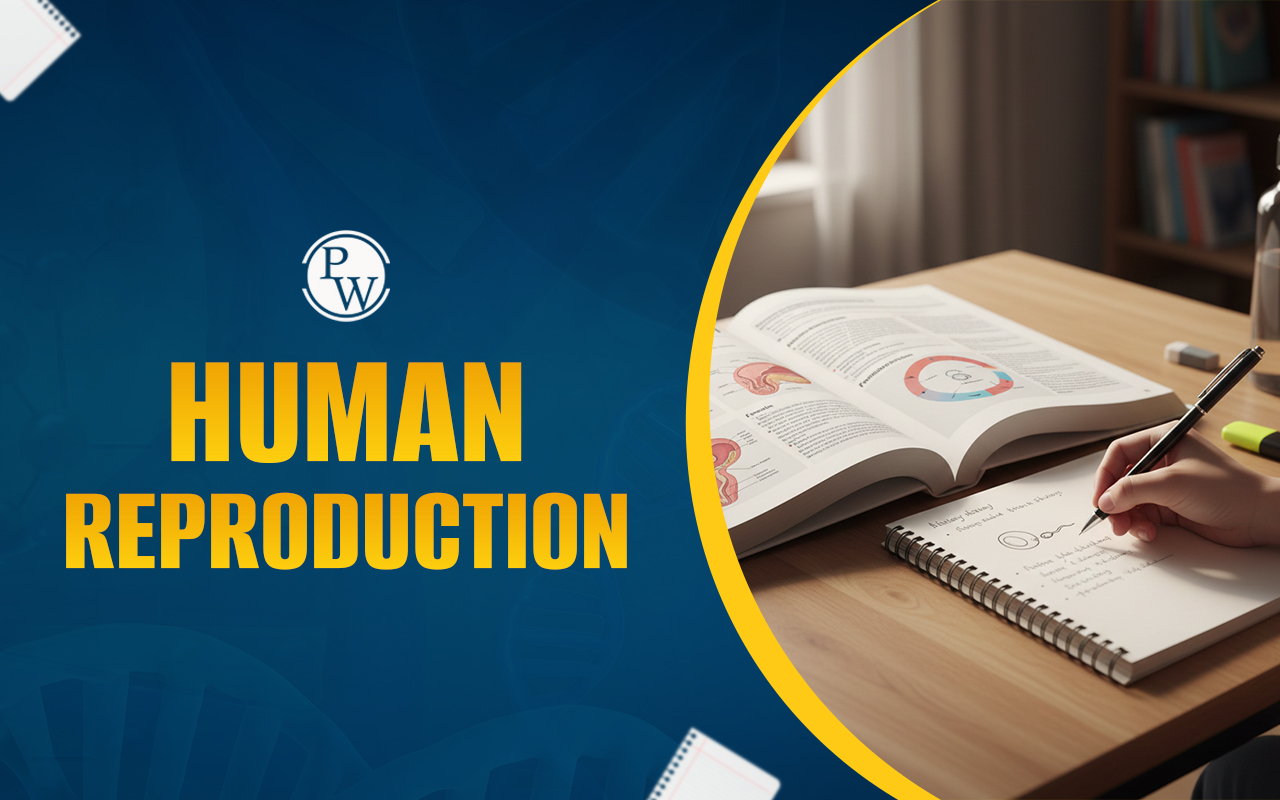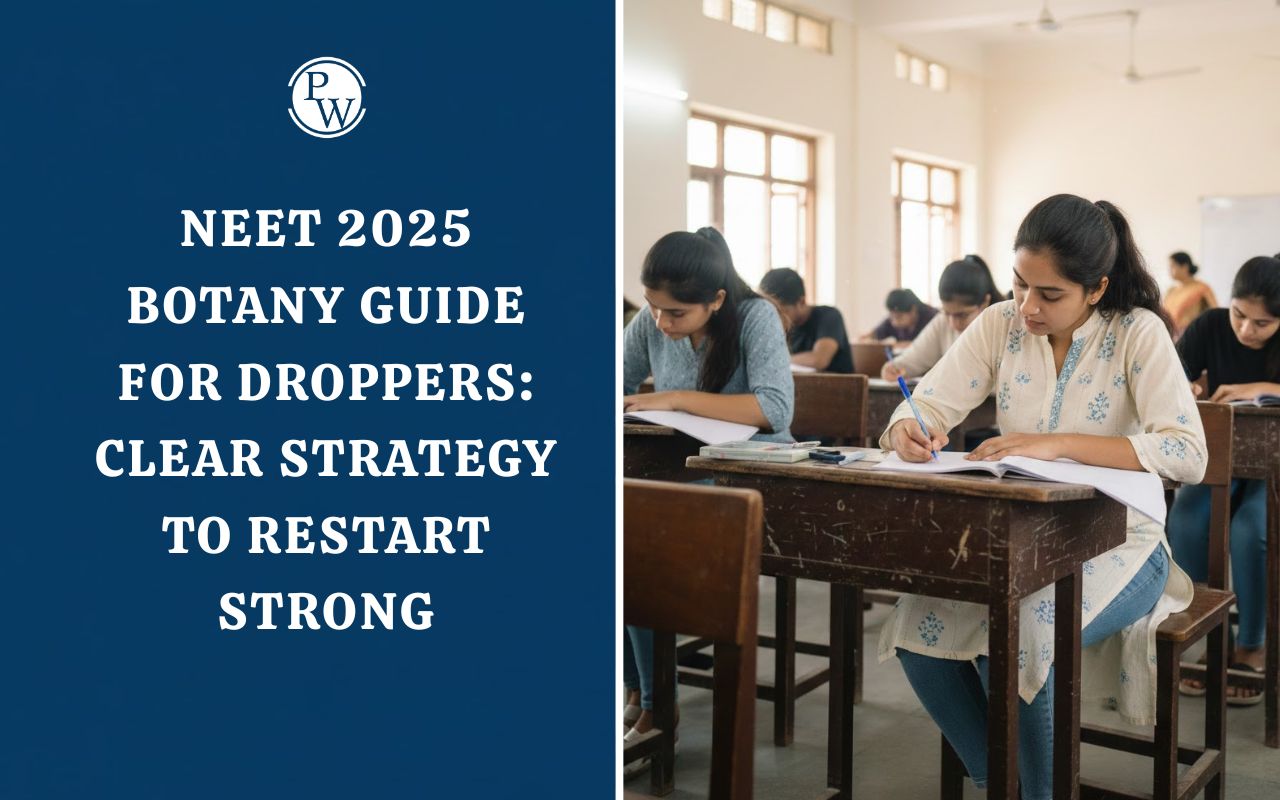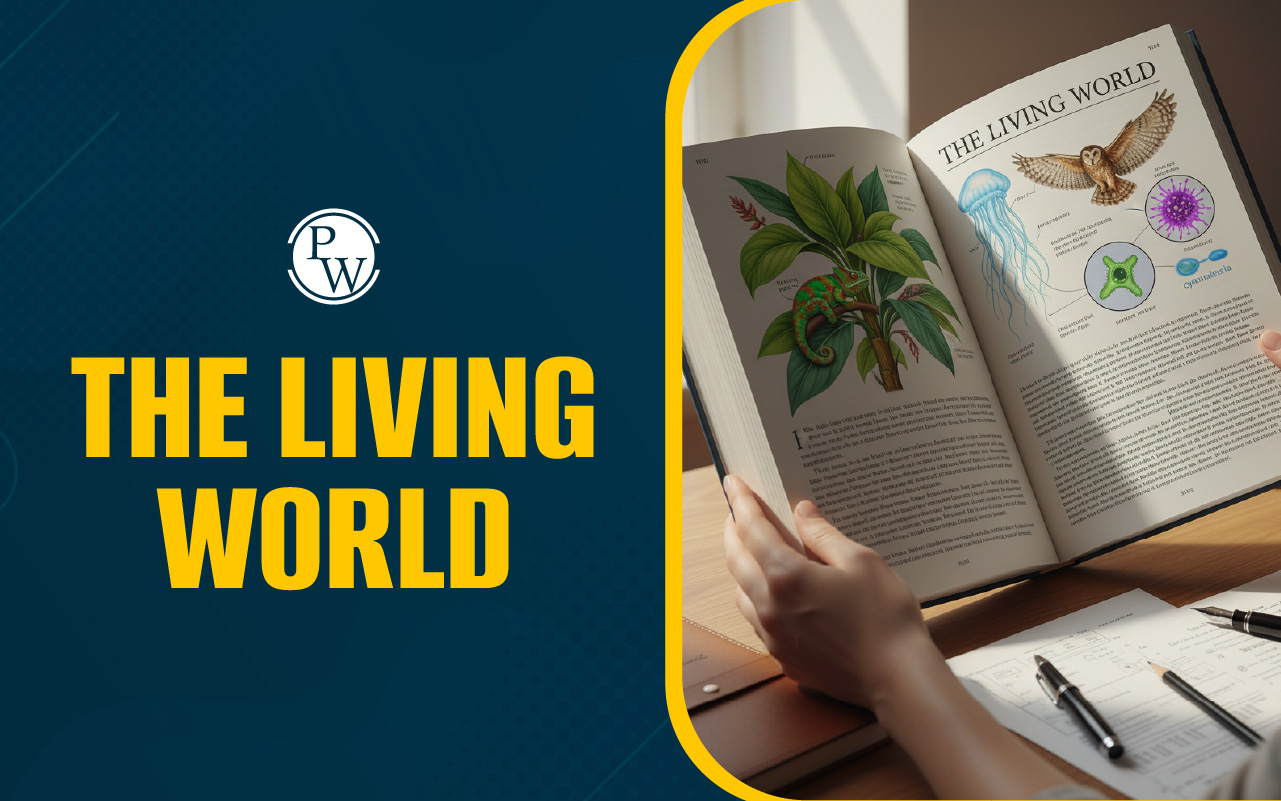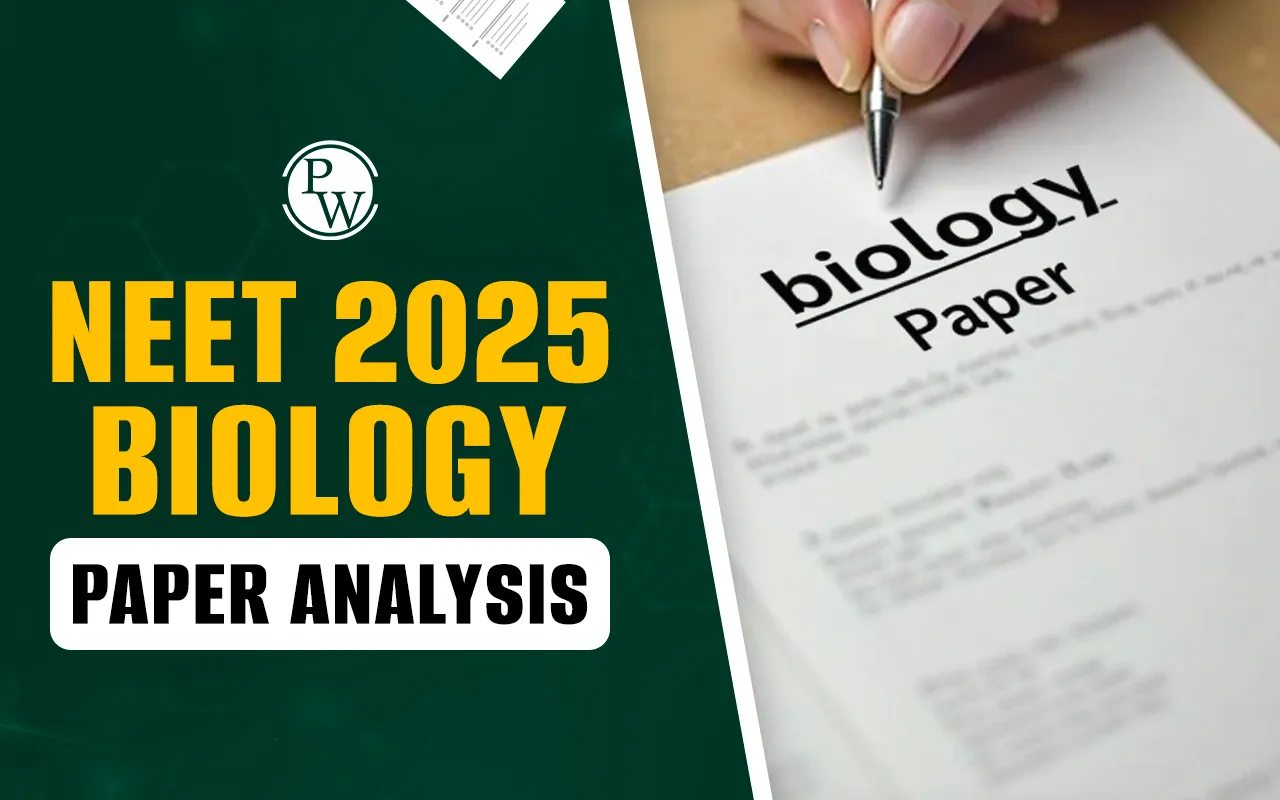
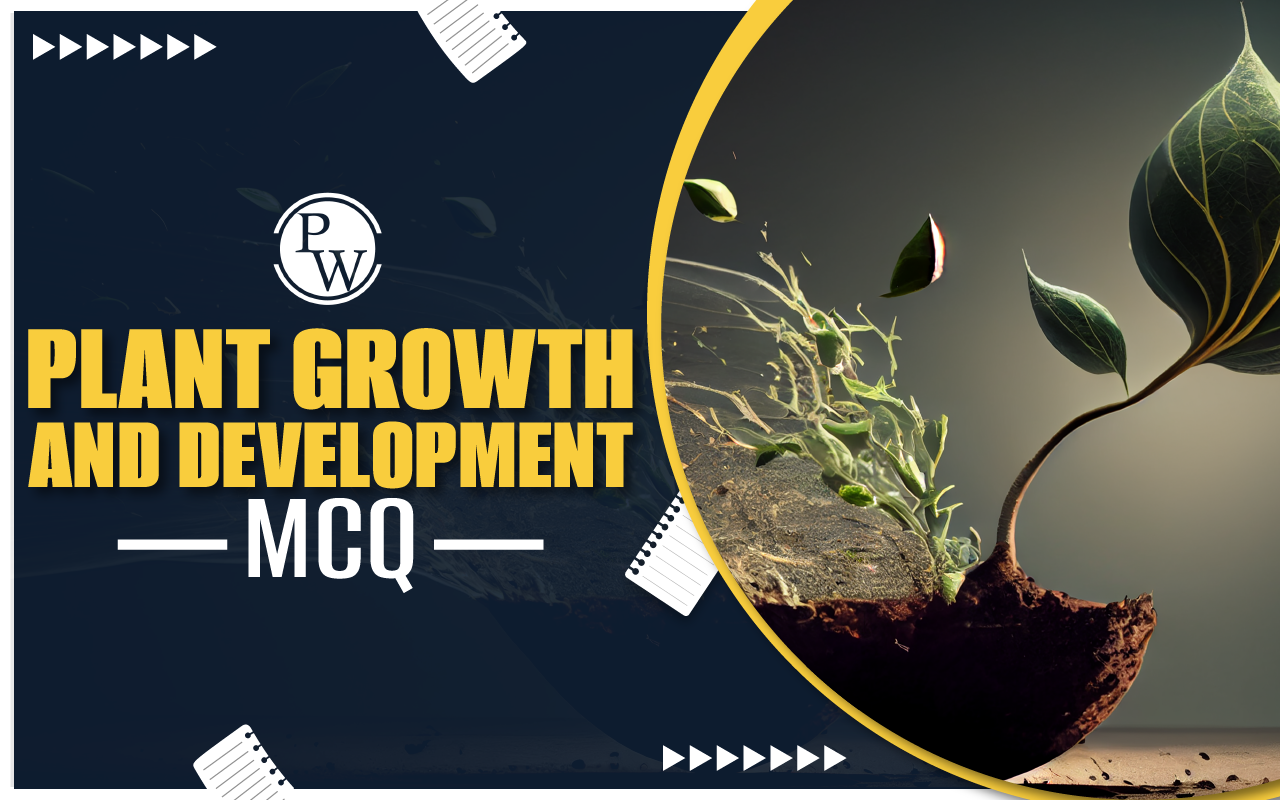
Plant Growth and Development MCQ Introduction
Plant growth and development MCQ: The ecology depends on plants in many ways. Many vital compounds that are used by many living things to survive are found in them. Plants exhibit growth in size and height, just like any other living thing.
Have you ever considered the process through which seeds or seedlings develop into trees over time? Cellular growth occurs in three stages: cell division, cell expansion, and cell differentiation. Development and growth go hand in hand. Both internal and exterior variables can impact a plant's growth and development.NEET Study Material, Free Sample Papers, Book, Toppers Notes, PYQs
External aspects of growth include things like air, water, nutrients, oxygen, soil, and light. Internal characteristics of growth include things like genetics and plant growth regulators. Many hormones like Gibberellins, Auxins, and Ethylene control the lateral and longitudinal growth of plants and deficiency of these hormones can result in serious developmental disorders. In this article, we will discuss multiple-choice questions based on Plant Growth and Development that is important for the NEET examination.| NEET Exam Important Links | |
|---|---|
| NEET Syllabus | NEET Biology Notes |
| NEET Eligibility Criteria | NEET Exam Pattern |
| NEET Previous Year Question Papers | NEET Biology Syllabus |
Plant Growth and Development MCQ
Q 1. Which of the following does not describe the root apex meristem's cell walls?
- A secondary nature
- Thin
- Cellulosic
- Numerous connections between plasmodesmata
Answer- Option (1) is correct.
Explanation: The main, thin, and cellulose cell walls of the root and shoot apex meristem have a large number of plasmodesmata connections. The period of elongation is represented by the cells closest to the meristematic zone.
The apical meristems often have tiny, almost spherical cells, similar to other meristematic areas. Their cytoplasm is thick, and there are not many tiny vacuoles (watery sac-like enclosures). Some of these cells, referred to as initials, keep the meristem functioning as a constant supply of new cells and may go through many rounds of mitosis (cell division) before developing into the precise cells needed for a root or shoot development. So, the cells are primary in nature.Q 2. How many stages are there in the growing period?
- One
- Two
- Three
- Five
Answer- Option (3) is correct.
Explanation: Meristematic, elongation, and maturation are the three steps that make up the growth period. A multitude of measures, including a rise in fresh weight, dry weight, length, area, volume, and cell number, are used to measure growth.
The size of a plant's sections, organs, tissues, whole plant, or even a single cell can expand in an unavoidable and permanent way. Plants develop in an open, indeterminate manner, and certain cells continually divide to contribute to the expansion of the cell or tissue's size. Meristematic cells are characterized by their constant division. Since the protoplasmic content rises, plant growth may be observed. Additionally, a rise in length and height, a rise in fresh or dry weight, and a rise in cell number all occur and are all quantifiable.Q 3. Which stage of a plant's growth is represented by the roots and shoot apex?
- Maturation
- Elongation
- Meristematic
- Elevation
Answer- Option (3) is correct.
Explanation: The meristematic phase of growth is symbolized by the continually dividing cells at the root and shoot apex. Protoplasm is abundant and the nuclei of the cells in this area are big and obvious. Meristematic cells are isodiametric (without spaces between them) and continuously divide in the tip region of a plant's root; these cells have rich protoplasm and a prominent nucleus.
This region of the root is known as the meristematic zone. These cells' cellulose-based cell walls are thin, primary in nature, and of a primary nature. These cells are connected by white plasmodesmata. The cells in this area of the plant continue to divide rapidly. The plant's meristematic area often has a sizable nucleus. the cells that plants need to stimulate their first development phase. Every plant has them in its roots and branches.Also Check:
Q 4. Which of the following results in growth?
- Protozoa production increases,
- DNA production rises,
- A rise in the volume of cytoplasm;
- A rise in the volume of RNA
Answer- Option (1) is correct.
Explanation: Primarily, an increase in protoplasm is what causes growth at the cellular level. Since an increase in protoplasm is challenging to quantify directly, measurements often involve another variable that is roughly proportionate to the protoplasm growth. The rise in DNA production is usually a sign of cell division and not growth.
Q 5. How many new cells can be produced by a single maize root apical meristem every hour?
- 1700
- 18,000
- 17,500
- 17,000
Answer- Option (3) is correct.
Explanation: Cells in watermelon can grow up to 3,50,000 times in size compared to about 17,500 new cells being produced by a single root apical meristem per hour. Growth in the former is seen as a rise in the number of cells, whereas growth in the latter is shown as an increase in the size of the cell.

Q 6. Which meristem from the list below is not in charge of a plant's secondary growth?
- Lateral meristem,
- Cork cambium,
- Vascular cambium,
- Apical meristem.
Answer- Option (4) is correct.
Explanation: Lateral meristems, vascular cambium, and cork cambium develop in gymnosperms and dicotyledonous plants later in life. These meristems are responsible for the expansion of the diameter of the organs in which they function.
This is referred to as the plant's secondary growth. The growing zone within the tips of new shoots and leaves as well as the root tips of plants is known as the apical meristem. One of three meristem types, or tissues that may develop into distinct cell types, is the apical meristem. Plant growth takes place in the meristem tissue. The term "apical" refers to growth that takes place at the top and bottom points of the plant. Intercalary meristems expand in girth, as in the case of woody plants, while lateral meristems are located between branches.Q 7. Which of the following meristems is in charge of the plant's primary growth?
- Vascular cambium,
- Cork cambium,
- Lateral meristem,
- Apical meristem.
Answer- Option (4) is correct.
Explanation: Plants' basic growth is controlled by their root and shoot apical meristems, which also significantly contribute to the lengthening of the plants' axes. These apical meristems ensure that the plant increases in length. The vascular cambium, cork cambium, and lateral meristem are involved in secondary growth because they increase the width of the stem.
Q 8. Which of the below types of growth does a plant display?
- Open form of growth,
- Closed form of growth,
- Both open and closed forms of growth,
- A fused form of growth.
Answer- Option (1) is correct.
Explanation: The plants display an open style of growth because at the terminals of their roots and shoots, meristems—which are ultimately in charge of their limitless expansion—are present. In these constantly dividing cells, viruses cannot proliferate. Due to the existence of "meristems" in their bodies, plants have the extraordinary capacity to grow continuously throughout their lives.
Cells in meristems can divide and self-replicate. As a result of the meristem cells' ongoing addition of new cells to the plant body, this process is known as an "open form of growth."Also Check:
Q 9. Which of the following factors contributes to the plant's seemingly limitless growth?
- Tissues,
- Meristems,
- Apical cells,
- Special organs.
Answer- Option (2) is correct.
Explanation: The meristems, which are active cell division centers found at the terminals of the root and shoot, are what allow plants to grow indefinitely. These meristems feature tiny cells with thick protoplasm. Additionally, their nucleo-cytoplasmic ratio is large.
Q 10. What is the initial stage of plant growth?
- Seed fermentation;
- Seed desiccation;
- Seed germination;
- Seed dormancy
Answer- Option (3) is correct.
Explanation: Seed germination is the initial stage of plant development. When suitable circumstances, such as the presence of oxygen, water, and certain enzymes, are present, the seed will germinate. A seed's activities may be suspended if certain requirements are not present, and it won't begin to grow until they are.
Q 11. Statement A: Each plant has a unique critical period.
Statement B: Plants that depend on a crucial length are referred to as day-neutral plants.
- Both claims are true.
- Both assertions are untrue
- Statement 1 is true, while Statement 2 is untrue.
- Statement 1 is untrue, while Statement 2 is true.
Answer- Option (3) is correct.
Explanation: Plants must be exposed to light and darkness for a specific amount of time before blossoming can begin. For various plants, it differs. Some, like short-day plants, require exposure for shorter periods of time than the crucial length. Some plants demand exposure for longer than the necessary time, such as during long days.
Q 12. The hormone that causes flowers to bloom is ________.
- Vernalin,
- Cytokinin,
- ABA,
- Florigen
Answer- Option (4) is correct.
Explanation: According to some theories, the hormone florigen is what causes plants to bloom. Vernalin encourages early maturation, which results in blooming. ABA acts in stressful circumstances and is primarily an inhibitor. Cytokinin promotes the growth of shoots.
Q 13. Statement A: A hypothetical hormone controls how plants react to cold temperatures.
Statement B: Fictitious hormone also controls how plants react to varied light times.
- The assertions are both true.
- Both claims are untrue.
- Statement 1 is true, but Statement 2 is untrue.
- Statement 1 is false whereas Statement 2 is true
Answer- Option (1) is correct.
Explanation: Vernalization is the process through which exposure to cold weather enhances both the quality and quantity of blooming in plants. Vernalin, a fictitious hormone, controls how plants react to cold temperatures. The reaction of plants to the length of exposure to light and dark conditions is called photoperiodism. A fictitious hormone called Florigen controls it as well.
Q 14. What one of the following species is a polycarpic species?
- Carrots,
- Cabbage,
- Apples,
- Sugarbeet.
Answer- Option (3) is correct.
Explanation: Before reaching senescence, polycarpic plants produce seeds repeatedly. The apple plant has several carps. Some common biennials are carrots, cabbage, and sugarbeet. The life cycle of biennial plants is two seasons long.
Q 15. Statement A. Vernalization stops premature reproductive development.
Statement B. Vernalization encourages blooming by cold treatment.
- Both claims are true.
- Both assertions are untrue.
- While Statement B is untrue, Statement A is true.
- While Statement A is untrue, Statement B is true.
Answer- Option (1) is correct.
Explanation: Vernalization is the process of exposing plants to cold environments to enhance both the quality and quantity of blooms. It serves two purposes. It enables the plants to mature to their greatest potential. Additionally, it encourages early blossoming in plants by creating the ideal environment.
Physics Wallah NEET online coaching offers the best guidance for NEET aspirants. With experienced faculty, interactive classes, and comprehensive study materials, it ensures effective exam preparation. Join Physics Wallah for a personalized learning experience, covering the updated NEET syllabus thoroughly, and increasing your chances of success in the medical entrance examination.Plant growth and development MCQ FAQs
What are the 4 stages of plant growth?
What are the 7 stages of plant growth?
What is the pattern of growth and development in plants?
What is the growth and development of crops?
What are the 5 steps to grow a plant?







